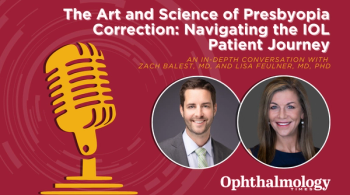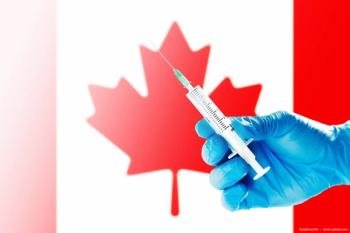
Pioneer of ophthalmic plastic surgery followed his calling
Editor's Note: During the time I was a resident at Manhattan Eye, Ear and Throat Hospital (1969-1972), I had the good fortune to work with Byron Capleese Smith, MD. Those who knew him will never forget him, and those who were not able to know him will gain a small glimpse of his persona and his contributions, as written by Christopher Teng, MD. -Norman Medow, MD
Editor's Note: During the time I was a resident at Manhattan Eye, Ear and Throat Hospital (1969-1972), I had the good fortune to work with Byron Capleese Smith, MD. Those who knew him will never forget him, and those who were not able to know him will gain a small glimpse of his persona and his contributions, as written by Christopher Teng, MD.-Norman Medow, MD
"Positive consistent thinking aiming toward a goal in life, honesty, diligence, generosity, and persistent maturation towards maximum achievement at all time."-Byron Capleese Smith, MD1908-1990
When World War II began, Dr. Smith joined the armed forces. During the war, he served as chairman of the Department of Ophthalmology as well as plastic surgery for the First General American Army Hospital.
Many influences
World War II had a profound impact on medicine, and many of Dr. Smith's ideas were formulated and came into fruition during that time. After working with many foreign body removals from shattered aircraft windows, Dr. Smith realized that plastic glass (Plexiglas) was well-tolerated in both the cornea and anterior chamber.
During the winter of 1944 in Paris, Dr. Smith first met John Converse, MD, a well-regarded plastic surgeon. As a result of their many meetings, they realized that the combination of their skills in plastic surgery and ophthalmology would be mutually beneficial to advance patient care.
Newsletter
Don’t miss out—get Ophthalmology Times updates on the latest clinical advancements and expert interviews, straight to your inbox.


















































.png)


